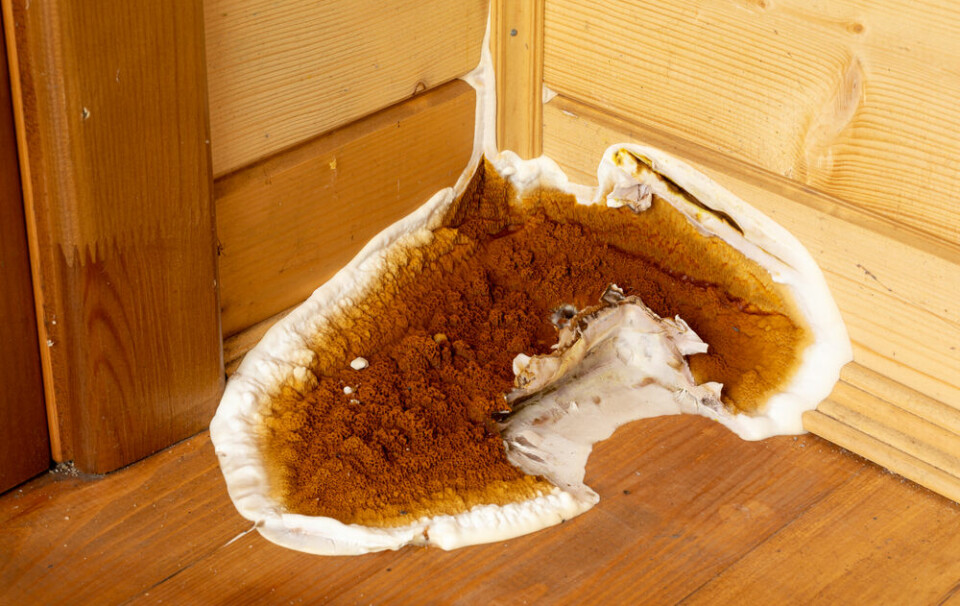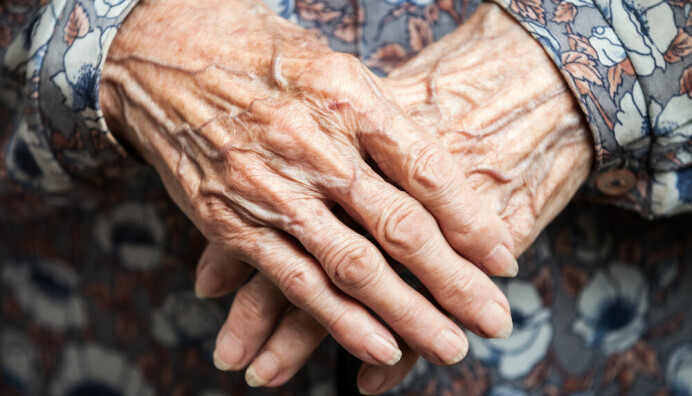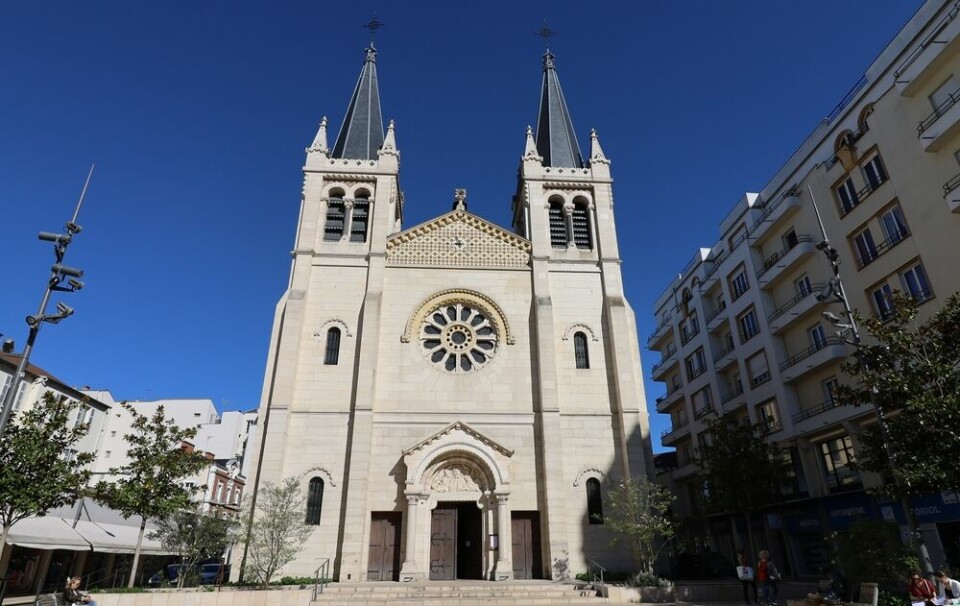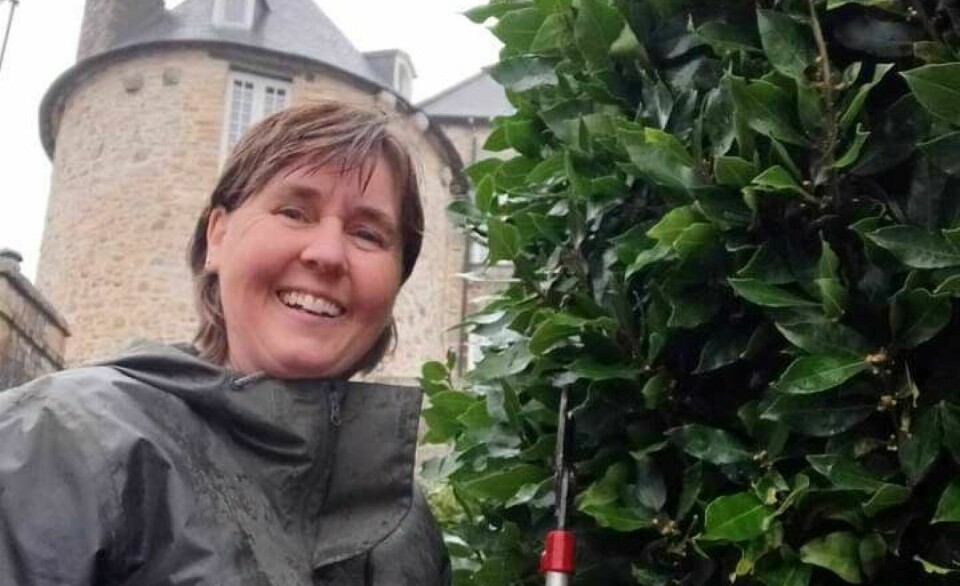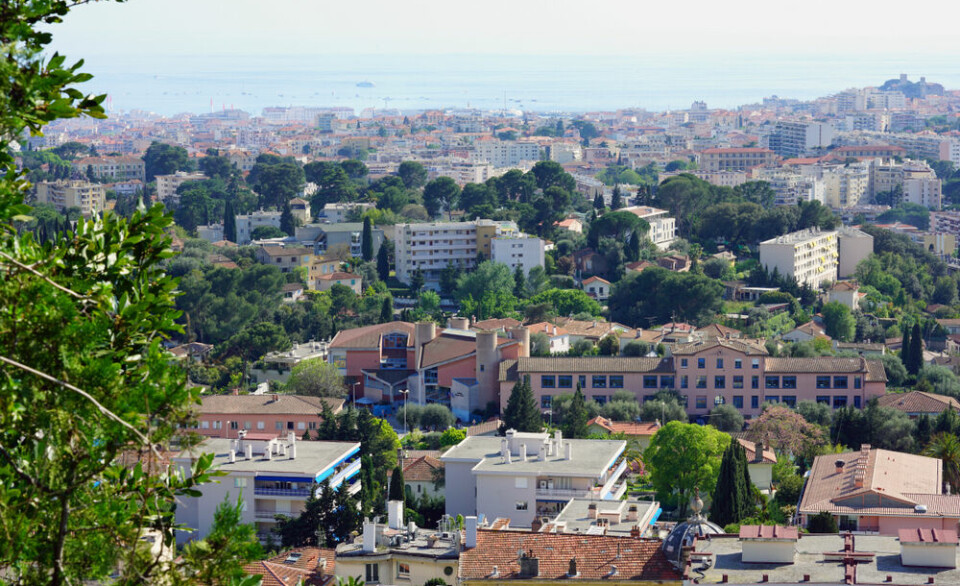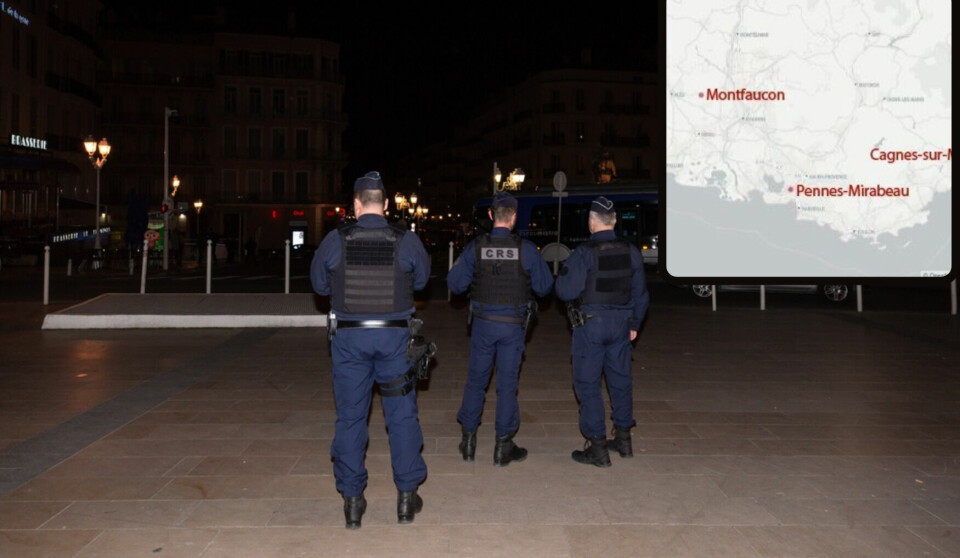-
Career change in France: from police officer to gardener
Amanda Freeman explains how she swapped law and order for a more creative vocation in the French countryside
-
Charles Aznavour: Grit and self-belief made the ‘French Frank Sinatra’
How the diminutive French singer went from poverty to stratospheric fame across the globe
-
‘Climate change should interest more people than it does’
France’s go-to expert on global warming and bestselling author, Jean-Marc Jancovici, talks to us about the future of our planet
150 years of Impressionism: how Americans saved Monet from poverty
If you visit his Normandy home you will not see a real Monet work - but there are some nearby
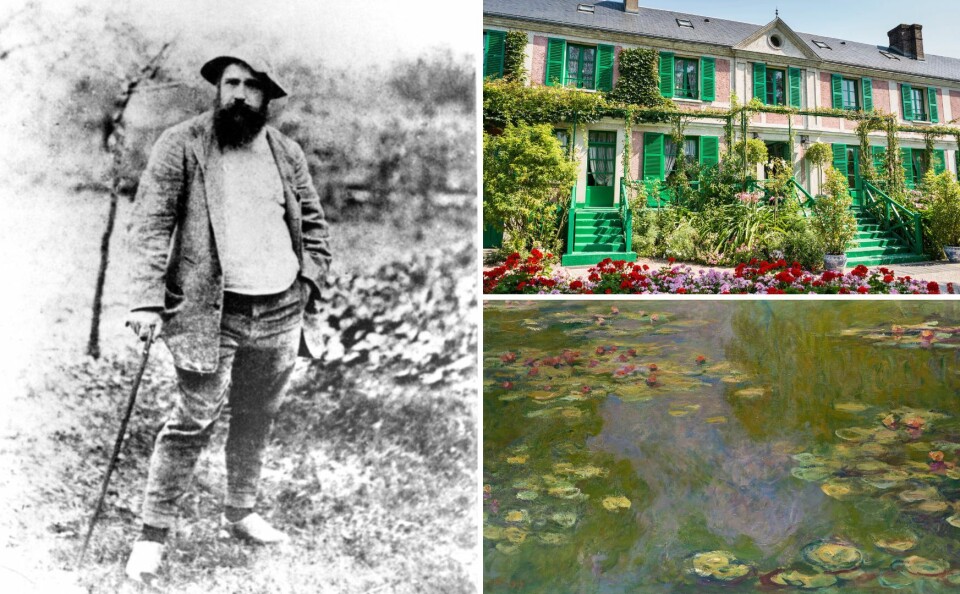
At a New York art sale in November, Claude Monet’s Le bassin aux nymphéas (Water lily pond) hit headlines around the world when it sold for US$74million — considerably more than the Christie’s pre-sale estimate of US $65million.
Water Lilies was so stylistically advanced it was rejected
Painted by Monet sometime between 1917-1919, the work depicts water lilies from his own garden in Giverny, Normandy and, as was his life-long passion, beautifully captures the effects of light.
French Impressionism was named after one of Monet’s earlier studies, Impression, soleil levant (Impression, Sunrise), shown at what became known as the ‘Exhibition of the Impressionists’ in Paris in 1874.
However, when the work was first created it was so stylistically advanced that critics had difficulty interpreting his objectives and used his title, ‘Impressionism’, as a pejorative.
Although it was rejected out of hand by the Paris Salon in 1874, today it is acknowledged as one of the most famous paintings ever created.
Read more: France and the US to host major impressionist art tour
His extravagant lifestyle kept him in poverty
Monet’s output was immense, and even when he was living in England to dodge the draft, he produced over 100 works.
However, these cutting-edge paintings, mostly of the Thames, were all rejected for exhibition by London’s Royal Academy.
Monet sold few of his early pictures, and his extravagant lifestyle kept him in poverty for much of his career.
In 1883 — middle-aged but still often in financial distress — he settled in Giverny (Eure) with his wife Camille, his mistress Alice, and their eight children. Begging loans from friends was a demeaning but regular necessity.
Then things began to change.
Monet found success in America overnight
The regular exhibitions he had held in France started to pay off. And in the United States it was love at first sight.
The American public took to French Impressionism like ducks to water, and, when Monet exhibited in Chicago, a burgeoning and lucrative market was created almost overnight.
By 1902, Monet’s finances were stabilising, allowing him to develop his Normandy home.
He increased the size of his garden and enlarged the pond with its famous Japanese-style bridge.
When he extended his studio, he equipped it with huge rolling easels, large enough to handle a monumental idea he was preparing: his magisterial Nymphéas, or water lily panoramas, which are now on permanent exhibition in the Musée de l’Orangerie in Paris.
Read more: Where some of world’s best-known artists found inspiration in France
French art world was a closed shop to women
In the years leading up to World War One, Giverny attracted more than 350 artists from many different countries, including England, Australia, and the US.
Quite a few of these foreign painters invested in property in the area, and by the turn of the century the village had become an international art colony.
It thronged with people hoping to meet Monet, all intent on exploring his new Impressionist ideas and dreaming of painting with him en plein air.
One of Monet’s most dedicated disciples was the US artist Mary Cassatt. She was determined to develop her career as a painter and work with the Impressionists, but had a fight on her hands in France where the art world was a closed shop to women.
They were not admitted to l’École des Beaux-Arts and a special permit was required to paint copies of works in the Louvre. Even some cafés frequented by established male artists were closed to women.
‘I am only good at two things: gardening and painting’
At Giverny, visitors are greeted by a splendid, wisteria-covered farmhouse-studio complex surrounded by extensive gardens and flower beds saturated with colour.
Inside the pink exterior with its green shutters are a series of large interlinking rooms that formed the living areas. These are painted in hues that reflect Monet’s Impressionist palette.
Astonishingly, however, his home of 43 years does not display a single Monet original.
While the walls are covered with works by his close friends — Manet, Pissarro, Degas and Cézanne — and, of course, by the master himself, they are mainly commercially printed illustrations.
Any of the originals that look like Monets are all, in fact, from a collection of rather middling quality copies done by his admirers or students.
Visitors desperate to see a genuine Monet should head to the delightful Musée de Vernon instead, just across the river.
Here they can find a circular Nymphéas and Effet de soleil couchant à Pourville (Cliffs of Pourville at Sunset).
Nevertheless, Monet’s property at Giverny is well worth a visit.
The artist once modestly claimed: “I am only good at two things: gardening and painting.” His former home shows why ‘brilliant’ might be a more fitting assessment.
Where to see Monet and Impressionist works
Monet’s gardens at Giverny reopen on March 29.
‘Paris 1874: Inventing impressionism’ runs from March 26 to July 14 at the Musée d’Orsay, Paris. It will later transfer to Washington.
The museum is also sending 178 of its 400 key Impressionist works on a ‘Tour de France’ in 2024 to support separate exhibitions in 34 galleries.
Manet’s Le Balcon will go to Bordeaux, for example, Monet’s La Pie to Clermont-Ferrand and La Rue Montorgueil to Douai, and Van Gogh’s La Nuit étoilée to Arles, the city that inspired it.
Related articles
Painting destined for the bin ends up at Louvre and valued at €24m
Exhibition showcasing Van Gogh’s last works opens in Paris
How do I register as an artist to sell paintings?




